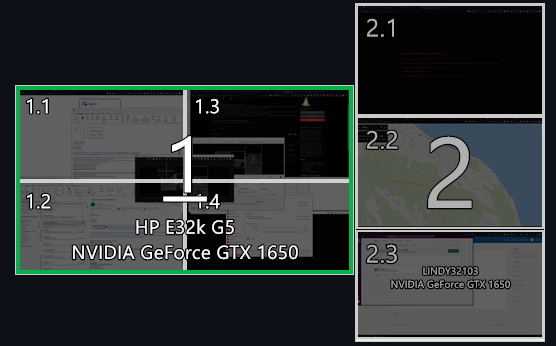this post was submitted on 23 Sep 2024
32 points (97.1% liked)
Linux
48965 readers
1870 users here now
From Wikipedia, the free encyclopedia
Linux is a family of open source Unix-like operating systems based on the Linux kernel, an operating system kernel first released on September 17, 1991 by Linus Torvalds. Linux is typically packaged in a Linux distribution (or distro for short).
Distributions include the Linux kernel and supporting system software and libraries, many of which are provided by the GNU Project. Many Linux distributions use the word "Linux" in their name, but the Free Software Foundation uses the name GNU/Linux to emphasize the importance of GNU software, causing some controversy.
Rules
- Posts must be relevant to operating systems running the Linux kernel. GNU/Linux or otherwise.
- No misinformation
- No NSFW content
- No hate speech, bigotry, etc
Related Communities
Community icon by Alpár-Etele Méder, licensed under CC BY 3.0
founded 5 years ago
MODERATORS
you are viewing a single comment's thread
view the rest of the comments
view the rest of the comments

Try to use the standard virtual desktop functionality. It's not going to behave the exact same way but you might find a workable adaptation.
You can pass through USB to VMs.
You can use Premiere in a VM. Depending on what you want to do and how fast your CPU is, you might be able to use it without any special config. If you need to pass through a GPU, you can buy the config isn't trivial. Definitely doable though.
Generally you'd want to use KVM (with virt-manager) for virtualization but it doesn't support any 3D acceleration in Windows yet. The result is that the Windows UI in a VM is not "smooth." It's usable but not smooth. If you need acceleration you'd have to do GPU passthrough. There's some ongoing work to get basic acceleration without passthrough but it isn't done yet. Both VirtualBox and VMware have basic 3D acceleration for Windows VMs. They have other pros and cons but if you find that one of them works better than KVM for your use case, go ahead and use that. We use both VirtualBox and VMware for different purposes at work. I know of people who use all sorts of engineering CAD software in VMware.
VFIO GPU Passthrough for Premiere is a must. While not trivial to set up, it’s not too bad if you know what to do. It took me some trial and error but didn’t spend too much time on it. Main issue is making sure your PC has enough PCIe lanes.
ETA: look into LookingGlass for capturing the framebuffer from a GPU accelerated VM into your Linux host. I haven’t tried getting this to work personally but I have used Moonlight which adapts Nvidia game streaming tech for your desktop apps.